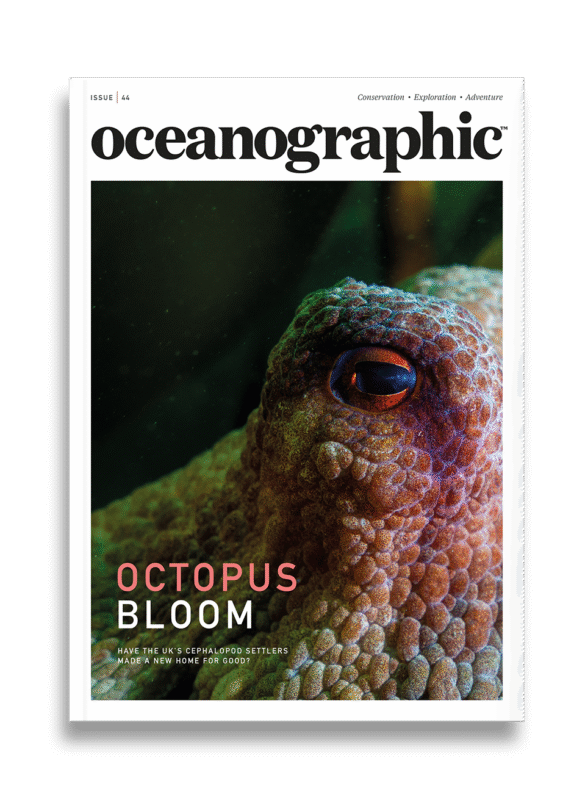The team from the Chinese Academy of Sciences has concluded that human pollution has penetrated the deepest hadal trenches much more quickly that expected. They discovered the presence of carbon-14, a radioactive carbon that is usually created when radiation from space collides with nitrogen in the atmosphere.

The nuclear tests that took place in the Bikini Atoll, the Novaya Zemlya archipelago, the Enewetak Atoll, the Johnston Atoll and elsewhere, doubled the amount of carbon-14 in the atmosphere. While not particularly dangerous, organisms at the ocean surface have incorporated this “bomb carbon” into their systems. The crustaceans in deep ocean trenches are then feeding on the organic matter when it falls from the surface to the ocean floor.
“Although the oceanic circulation takes hundreds of years to bring water containing bomb [carbon] to the deepest trench, the food chain achieves this much faster,” said Ning Wang, a geochemist at the Chinese Academy of Sciences in Guangzhou, China, and lead author of the new study.
Wang and her colleagues analysed amphipods collected in 2017 from the Mariana, Mussau, and New Britain Trenches in the tropical West Pacific Ocean, as far down as 11km below the surface.

Marine organisms that have lived in the decades since this the tests have used bomb carbon to build molecules within their cells, and the scientists have seen elevated levels of carbon-14 in marine organisms since shortly after the bomb tests began. The aim was to use bomb carbon as a tracker for organic material in the trenches in order to learn more about the inhabiting amphipods. It was discovered that carbon-14 levels in the amphipods’ muscle tissues were much greater than levels of carbon-14 in organic matter found in deep ocean water, suggesting that they selectively feed on detritus that’s fallen from the ocean surface.
“There’s a very strong interaction between the surface and the bottom, in terms of biologic systems, and human activities can affect the biosystems even down to 11,000 metres, so we need to be careful about our future behaviours,” said Weidong Sun, a geochemist at the Chinese Academy of Sciences in Qingdao, China, and co-author of the new study. “It’s not expected, but it’s understandable, because it’s controlled by the food chain.”
According to the team, the findings that amphipods living in the trenches tend to grow larger and live longer than those that live in shallower waters is most likely a by-product of their adapting to areas of low temperatures, limited food sources and high pressure. Additionally, this study, which was published in the AGU journal Geophysical Research Letters, shows that deep ocean trenches are by no means isolated from human activity.
Wang added: “Besides the fact that material mostly comes from the surface, the age-related bioaccumulation also increases these pollutant concentrations, bringing more threat to these most remote ecosystems.”
Photographs courtesy of Daiju Azuma and the U.S. Department of Energy.
For more from our Ocean Newsroom, click here.




